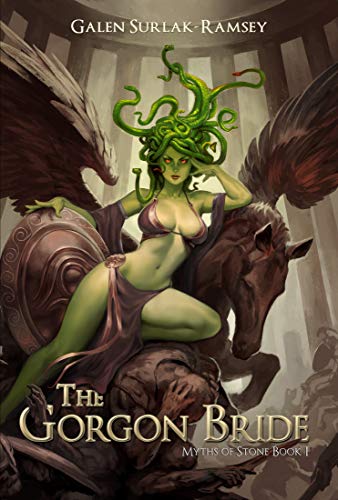My Call to Adventure: Reading The Hobbit
Well, it finally happened. I picked up The Hobbit. I’d managed to avoid it for this
long, but, much like Gandalf arriving at Bilbo Baggins’ hobbit hole, it was
time.
The Hobbit follows Joseph Campbell’s cycle of the
Hero’s Journey pretty standardly, despite the fact that J.R.R. Tolkien was a
linguist who created Middle Earth’s languages and world before the story, and
did not originally intend for it to be published.
For example, Bilbo
refuses the call to supernatural aid by denying Gandalf’s request to serve as the
group’s burglar, but changing his mind after the rowdy group sets out on their
adventure. Another example is the road of trials. The group endures numerous
challenges before even facing the goal of their quest, the dragon Smaug, such
as being kidnapped by trolls and elves. A byproduct of the road of trials
manifests in The Battle of Five Armies. The book ends as the Hero’s Journey
does, with Bilbo returning to his original world and free to live life as
out-of-the ordinary as he wants.
The Hobbit is so immersive and has reached legendary
status because of Tolkien’s attention to detail and the time he devoted to his
life’s work.
Even before knowing anything about Tolkien’s personal
life, I admire his impeccable detail. A book of over 90,000 words and a movie
introduction of over 40 minutes long sure packs in a lot of information. Plus,
I’m sure Tolkien had even more to say.
An unexpected part of the book was the humor. As
someone with almost no background knowledge of the book, I’m not sure what I
was expecting, but it was not an explanation of how golf was invented. (If
you’re wondering, Bilbo’s great grand-uncle, who was large enough to ride a
horse, knocked off the goblin king’s head in the Battle of Greenfields.)
However, the lack of women is worth addressing, and
the fact that the movie director had to invent female parts to appeal to the
demographic of young girls. Maybe Tolkien doesn’t “get” women. But there isn’t
much to say other than story can connect with anyone beyond gender, and The Hobbit was published in 1932, which
was not a great time for minorities.
Consumers and especially modern artists can still
learn from and appreciate older works, but acknowledge their possible flaws and
understand the time period in which they are produced. We can absorb so much
from The Hobbit about creating an
engaging world, from language, culture, and magical creatures, along with what
to improve on in future works.



Comments
Post a Comment